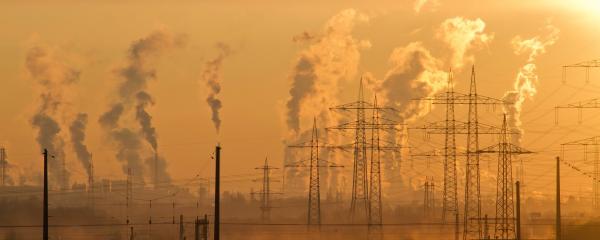State of Climate

Challenge
Each decade since the 1980s has been warmer than the previous one. 2023 was the hottest year on record, with the global mean temperature at about 1.45°C above the 1850-1900 average. This was largely due to a combination of human-induced climate change and El Niño, a naturally occurring phenomenon.
Rising temperatures are being accompanied by more extreme events – heatwaves, floods, droughts, wildfires and rapidly intensifying tropical cyclones. The weather is being turbo-charged by the excess energy in the atmosphere trapped by record levels of greenhouse gases.
Ocean heat is record high. The warming has accelerated and is expected to continue for hundreds and even thousands of years. Ocean acidification is also increasing, impacting marine ecosystems.
Sea level rise has speeded up dramatically, posing a growing threat to low-lying states and coastal populations.
Glaciers and ice sheets are retreating – and this will jeopardize future water security, essential ecosystems and worsen sea level rise. Sea ice continues to shrink, and permafrost is melting which further heightens the potential for greenhouse gas emissions.
Response
WMO and its Members monitor the state of the climate, at global, regional and national level, to inform policy makers of the utmost urgency of climate action. It is a custodian of the Global Climate Observing System, which assess climate indicators and impacts.
WMO fosters research and provides a platform for collaboration to strengthen predictions and understanding of our changing Earth System. It co-sponsors the Intergovernmental Panel on Climate Change and the World Climate Research Programme.
WMO also generates climate information, tools, and guidance to support country-level decision-making and solutions, as well as the mobilization of climate finance.






